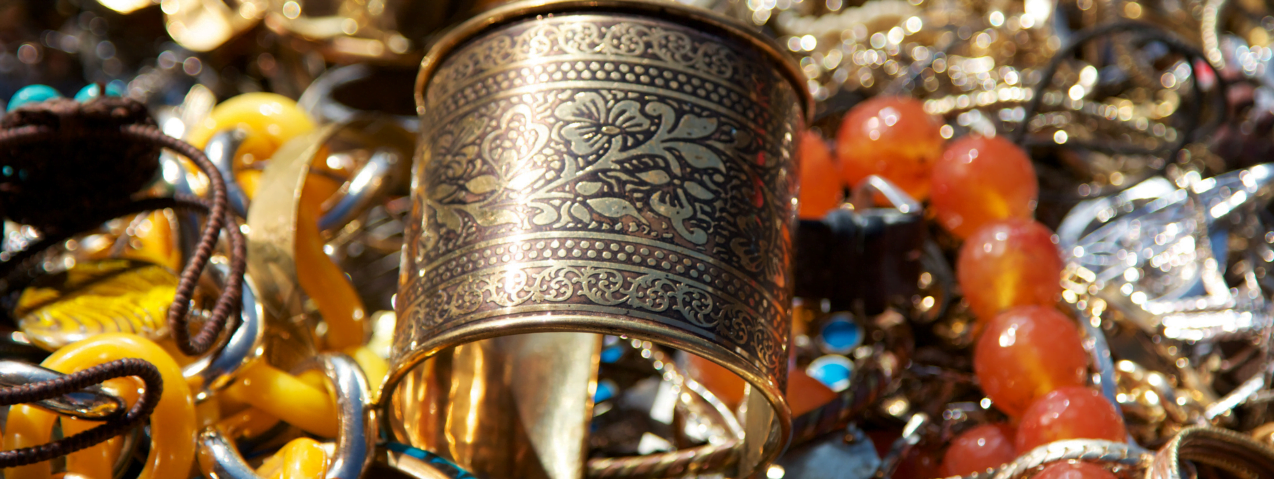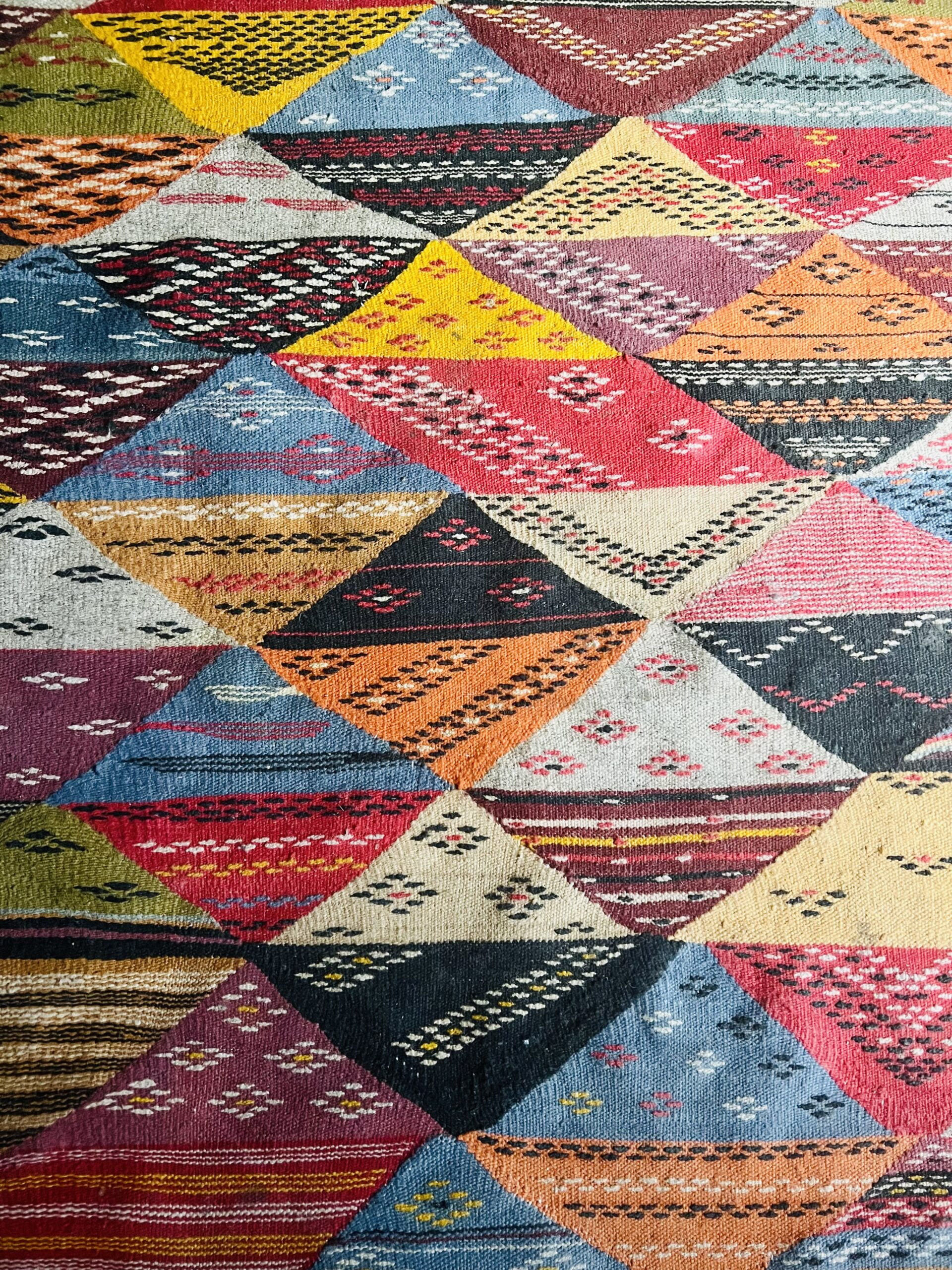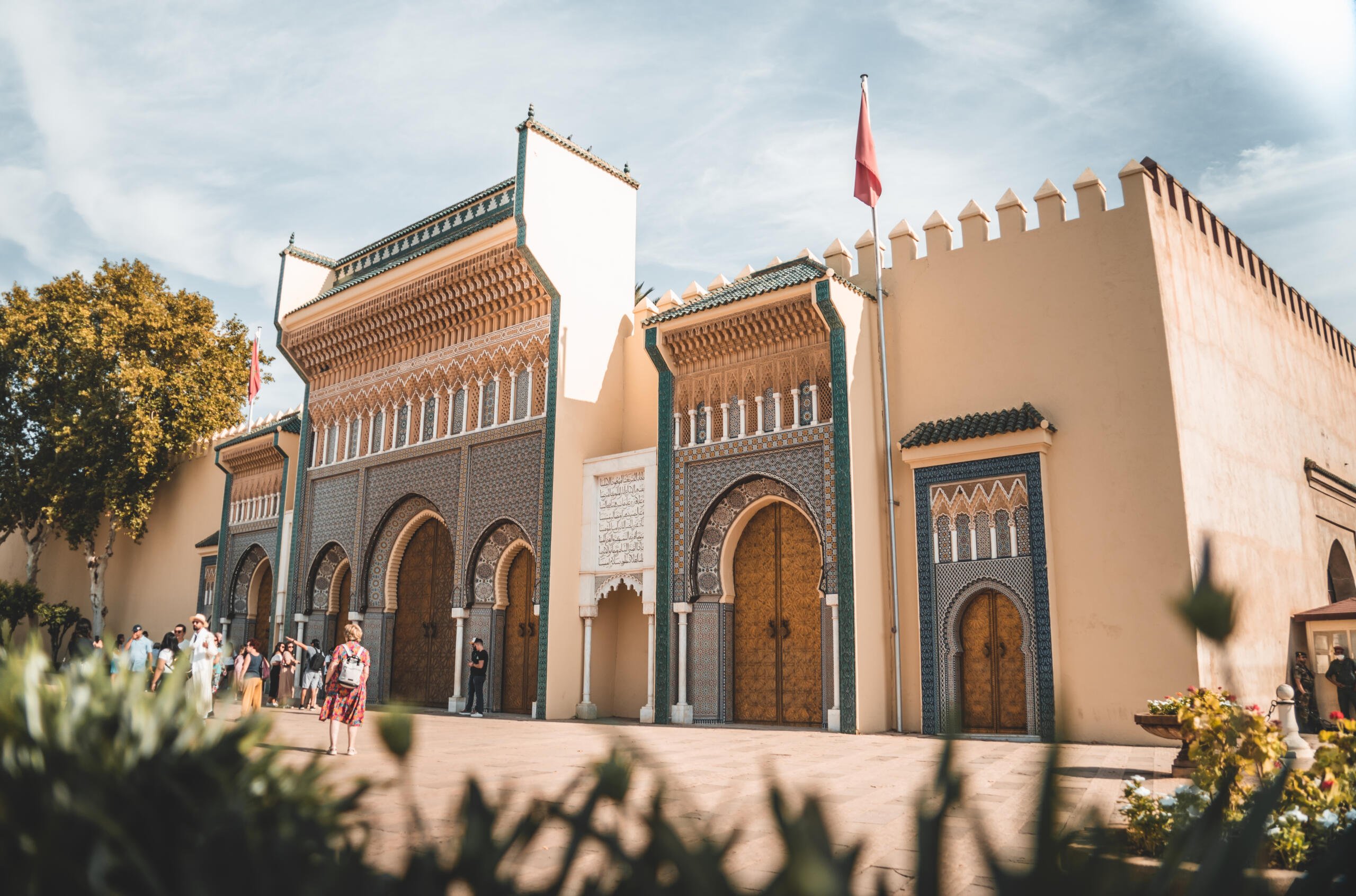BERBER JEWLERY OF MOROCCO
Overview:
Berber Jewlery of Morocco has a long-standing tradition of crafting beautiful jewelry, which continues even in today’s times. Jewelry holds significant value for Moroccan women, being among their most cherished belongings. The skill of creating authentic Moroccan jewelry mostly stems from the country’s Jewish community in the past.
Moroccan Jewish craftsmen were notably recognized as the top designers and makers of these splendid pieces. Every individual jewelry item carries a unique significance, given that the classic Berber jewelry, steeped in tradition, has been transmitted through multiple generations, safeguarding memories of bygone eras and the ancestral heritage of the family.
These valuable manifestations of Moroccan artisanship are regarded as symbols of elegance and magnificence among Berber women and men, making them the ideal choice for those seeking to make a statement with their jewelry. With their capacity to infuse a wealth of character, these pieces are a fitting selection for women who cherish individuality.
Several types of Berber jewlery in Morocco:
Traditional Berber jewelry comes in various types and styles. While you might immediately think of fancy and symbolic necklaces with big orange beads, there’s actually a lot more to it than just that!
Berber Amazigh jewelry often features intricate designs, vibrant colors, and a combination of various materials like silver, enamel, and semi-precious stones. These pieces are not only visually captivating but also hold historical and cultural significance within the Amazigh community.
This beautiful antique Berber Moroccan necklace is a real gem for any woman who loves jewelry. The lively orange hue of the beads adds a burst of color to any attire, creating the ideal accessory for any event or occasion.
Amazigh fibule
An Amazigh fibula holds significant practical and symbolic value within the cultural heritage of the Amazigh people. This traditional brooch not only served as a functional accessory but also carried deep meaning among various North African tribes, particularly within the Berber cultures.
While the specific design might vary between tribes, the fundamental structure typically involves a triangle positioned beneath a ring or semicircle, accompanied by a securing pin.
This ingenious design allowed for the fastening of garments that had not been sewn together, showcasing the fibula’s utilitarian purpose alongside its cultural importance.
Help Me Plan My Trip
- Can’t seem to find what you want?
- Don’t you know what you’d like to do?
- Do you have an idea for a trip?
- Things to do and places to see
- You have unique needs (special food, medical care requirements, etc.).









